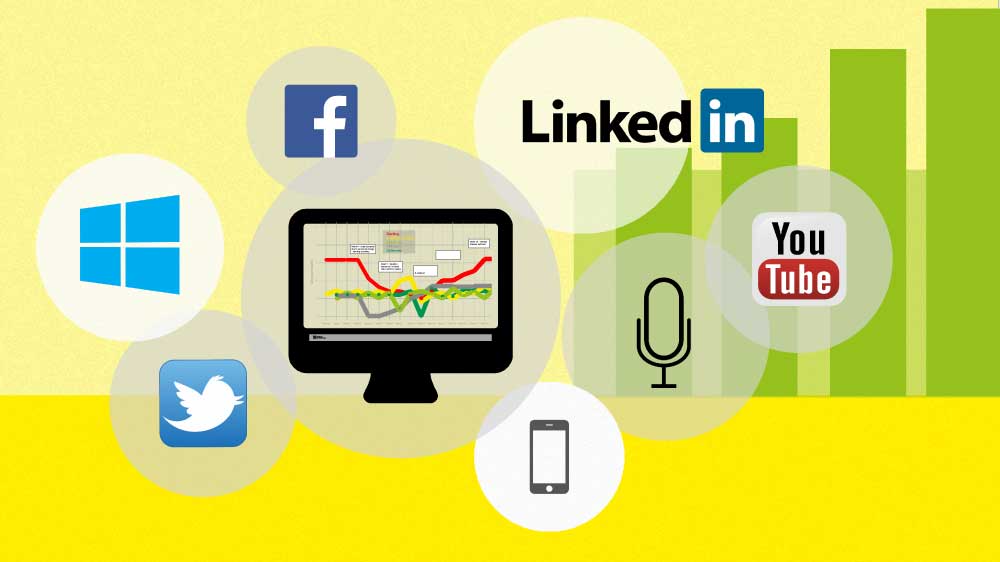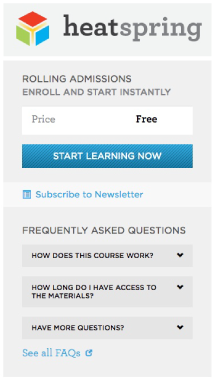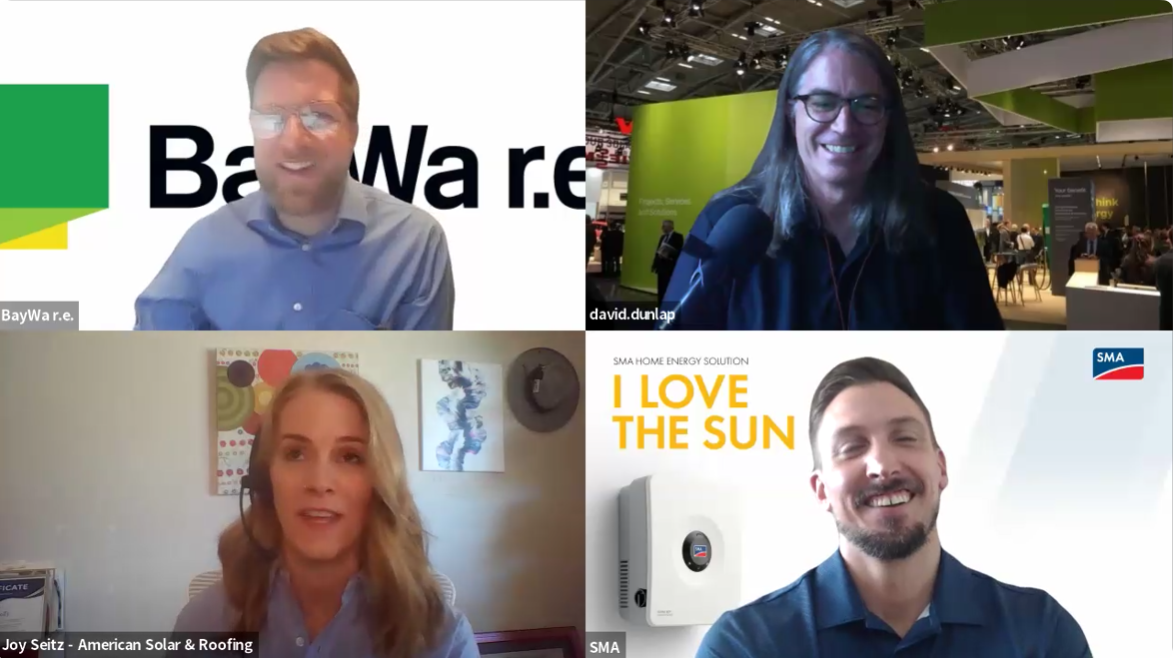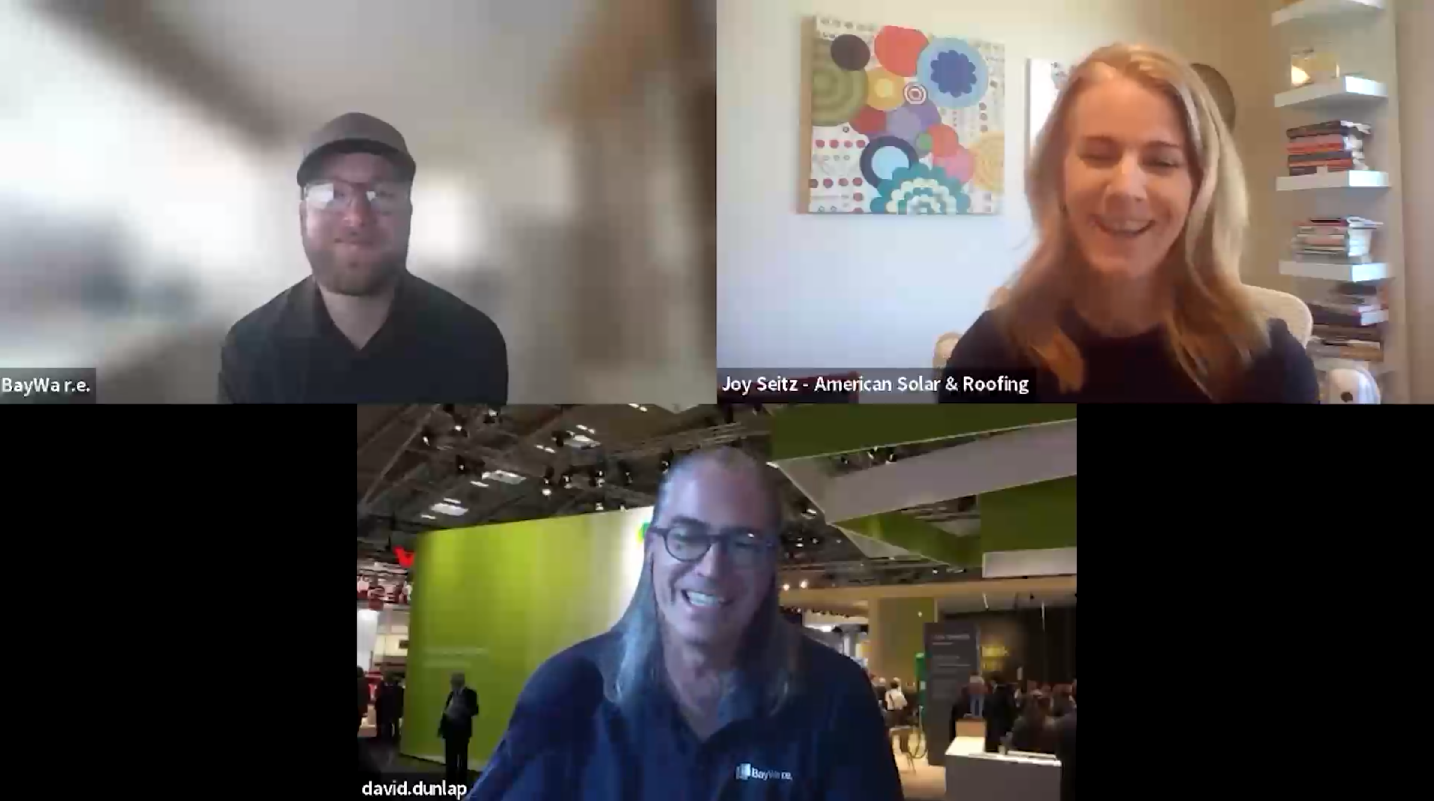 Illustration, Tom Miller
Illustration, Tom Miller
1900 words – 9:30 min read time
I’m joined today by Chris Williams. Chris works with residential solar contractors at Energy Circle to create digital marketing strategies that lower customer acquisition costs. Energy Circle has worked for over 10 years exclusively with local contractors in the better building space—folks making residential buildings more comfort, healthy, energy efficiency and renewables powered.
Energy Circle is launching a performance guarantee marketing program for residential solar contractors in select states in 2018. If you’re interested in learning more, email Chris at chris@energycircle.com
Chris is also hosting a free course on Search Engine Marketing for Residential Solar, available at Heatspring .
Note: This interview has been adapted from a Solar r.e.view podcast coming soon.
The common elements
Tom: Thanks for taking the time today, Chris. Let’s jump right in. How does a company begin to evaluate their web presence?
Chris: The first question to ask is: What is the goal of your entire web presence, which includes your website?
- The goal we see most often
is help close existing sales. You have leads in the funnel, and those people are going to research you. I’ve heard stories of customers getting on their phone and researching the company during sales meetings. So you need to look good and establish trust. - Second is generating leads. Everyone researches things they’re going to buy online, so your website and online presence will be a factor in the buying process.
Third is building your audience. For local contractors, the more people in a 10 to 20-mile radius of your service territory that 1) know the name of your business 2) think about you and 3) trust you, the healthier your business will be over the long-term. Your web presence should be building that audience and be building trust with your community.
Getting found online
Tom: How about a basic need—getting found online. Search.
Chris: Yes. Can you be found easily when people search for your business, or solar related terms, in your area?
You can test this by Googling your own business. Believe it or not, there are some businesses where their SEO is so messed up that they can’t find themselves easily by Googling themselves. That would be a huge red flag that your web presence is not supporting your sales.
You can also use Google My Business. This is Google’s business directory, where you submit your business info and say, Here’s who we are, here’s our name, here’s our address. You can add photos and select the correct categories as well.
Having Google My Business is important because, when people do a search for, “solar contractor, Boston, Massachusettes,” often times something called a Google Local Pack comes up. This includes Google Maps, with the three top business listings, which come right from Google My Business. So you need to make sure Google My Business is set up correctly.
All this falls under something called citation consistency. One of the things Google does when it looks at a local business is it asks itself, Can I trust that this business actually exists? And one of the things it looks for is business directories and consistent NAP—name, address, phone number—across a multitude of directories.
I have not seen—except for the people we work with—a single solar contractor with consistent name, address, phone number, across all business directories. And this hurts the amount of traffic that Google is sending you in your area because they can’t find the same NAP across these, say, 14 different directories.
Tom: And what is a business directory?
Chris: Yellowpages, Foursquare, Facebook, Google My Business.
Here’s a tip: If you Google, “Moz, business, local,” there’s a tool where you can input your business and your zip code and they will tell you how consistent you are across all those platforms.
Online reviews
Tom: I’m assuming online reviews is very important for a quality online presence?
Chris: If you can’t find a lot of reviews of your company, that’s probably the second thing to look at after search.
It’s been shown that people trust reviews as much, if not more, than a friend or family member.
You should have a good number of reviews, across a multitude of sources, that you can find easily. If I search for “Chris Williams Solar ” and don’t find any reviews, that is a high priority to solve.
And solving that could be a function of two things 1) you might be providing really bad customer experience and no-one is leaving you reviews or 2) you’re providing an amazing experience and just not asking people for reviews.
Tom: And you’re talking about Angie’s List, Google Reviews, Yelp?
Chris: Correct. One of the questions we get asked a lot is, What review sources should I be looking at? But what’s interesting is that the review platform importance varies by region.
If you search yourself in California or the Bay Area, Yelp is very important for solar reviews. However, if you search yourself in Massachusetts, Yelp is hardly ever in the top ten. For some reason, Google has decided that Yelp reviews in Massachusetts aren’t very important.
By searching for yourself or your competition in your area, Google will tell you which review platforms are important in your area.
Tom: In other words, you shouldn’t be asking customers for Yelp reviews if they’re not applicable in your area?
Chris: Correct. But also, if you’ve been in business for 7 years, you’ve done 2,000 installations, and you still don’t have a lot of reviews, that could be an indication that your customer experience isn’t that good! In that case, you should focus on that first. Because if you start soliciting reviews you might get really bad ones!
In terms of reviews, the question is, Do you have a good number of reviews
Lead tracking
Tom: What about online leads? How do you start tracking and figuring out how many leads you need?
Chris: When I’m first talking to a contractor, I ask, “Do you know how many leads your web presence is generating per month?” And if they say, “I don’t know,” that’s where we start.
The first step is defining what a lead is. Most people would define that as a phone call or a web submission to get a quote.
Then you need to figure out how many leads you’re getting from your site on a weekly or monthly basis and if that is good enough. If you’re getting 100 leads a month, that might be good or bad, relative to what your goals.
I would say that a conversion rate in solar of 5% of all traffic is a good benchmark.
With a 5% conversion rate, if you have 100 unique visitors a month, you would get 5 leads per month. So then the question is, how many leads do you need to be getting from your website to hit your sales goals?
Say you want to do ten million dollars in residential solar. If your average ticket is $25,000, you need to do 400 jobs. And say you’ve been in business five years, and around half of those jobs—200—are going to come from referrals. You’re going to get another 100 from in-person events and, finally, you’re planning to get 100 jobs from your online presence.
With that goal in mind—100 jobs a year from my online presence—you ask yourself, How many leads is that per month, based on a close rate of—let’s say—20%?
100 jobs over the year, divided by 20% close rate, that’s 500 leads per year. That’s 41 leads per month from your website, in this example. At a 5% conversion rate for unique visitors, that means you need to have 820 unique visitors a month, or about 10,000 per year.
Tom: I want to come back to pay-per-click traffic later—because it’s related to a conversation I want to have on picking the right keywords for your site—but what do conversion rates on pay-per-click look like?
Chris: If it’s pay-per-click traffic, the conversion rate needs to be 10% or better to make the numbers work. If you’re running a pay-per-click campaign, and the conversion rate is 2 or 3%, then you’re probably wasting money. Not necessarily, but probably. There are always edge cases where that might not be the case.
Tom: Got it. So anything else on
Chris: Do you have Google Analytics set up on your page, with Goals set up? Can you track, objectively, how many leads your site is generating?
Tom: What is a Goal?
Chris: If someone gets to a specific URL on your website, you can set that up as a goal completion in Google Analytics. Google will register if they came from organic search, paid traffic, a referral source, or a review site. You can see the flow of traffic through your website and track outcomes.
If you set up Goals correctly, you will clearly know how many people asked for quotes and where they came from.
Web design and optimization basics
Tom: Okay. I want to wrap up
Chris: From a website optimization perspective, I think the most important thing is that you have a phone number at the top of your site. More than 70% of leads from your site will come as a phone call, not a form submission. So if you don’t have a phone number at the top of your site, where it is clear and obvious who to call, you’re definitely losing leads.
And the other best-practice is to have your lead form or get a quote form, be a single-step process.
If you go to “Click here to get a quote,” and it takes you to a second page with a form with eleven fields to fill out, that’s bad.
A good site has the phone number at the top and it says “Get a Quote,” which is a form with: “name, phone number, email, and a get a quote button.” The lead clicks it and someone calls them within two minutes. That would be amazing.
Tom: These are all great things to think about for anyone building their website, or thinking about upgrading their website. And these should be a conversation you’re having with your web developer.
“More than 70% of leads from your site will come as a phone call…If you don’t have a phone number at the top of your site, where it is clear and obvious who to call, you’re definitely losing leads. ”
I was talking with a contractor the other day, and I asked if their website was SEO optimized, and he had no idea. So you need to be talking with your web developer. Are they supporting you to find and insert the correct metadata on your pages? Find the right keywords? Are they helping you build an efficient flow
Chris: Another thing is to make sure that your site is optimized for mobile—both from a design perspective and from a page-load perspective.
More than 50% of searches are from Mobile devices, and Google is looking to see if your site is optimized for mobile. This makes it so your images and browser are responsive [shrink correctly]. Google can tell if a site is optimized or not, and it uses that in consideration for how much traffic it sends.
If you search Google Mobile Friendly, the first thing that shows up is a mobile-friendly test. Google will tell you if your site is mobile friendly.
And the other thing to look at is Google page speed. Based on whether your site is mobile optimized and how fast it loads—this can have a large impact on how much mobile traffic is sent to you. Mobile traffic in some markets is 50% or 50% plus, and is also slightly keyword dependent. So if you’re not mobile optimized, you’re not going to get a lot of organic traffic.






Not knowing much about the subject matter and needing to learn more, I found this article to be informative and helpful. I especially appreciated the links with the article that directed me to specific tools and content providing immediate assistance.
Thanks for the comment, Jay. Glad to hear the material is helpful. Let us know if there’s another topic you’d like us to cover and stay tuned for Part 2, coming soon! -Tom